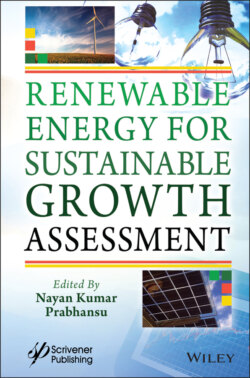Читать книгу Renewable Energy for Sustainable Growth Assessment - Группа авторов - Страница 24
1.4.1 Combustion Technology
ОглавлениеCombustion technology is constantly getting advanced, and the main thrust areas are flameless combustion, also known as Flameless Oxidation (FLOX) [99, 100], High-Temperature Air Combustion (HTAC) [101], Moderate or Intense Low Oxygen Dilution Combustion (MILD) [102] and Colorless Combustion [103]. There are several advantages while using flameless combustion. Some of them are reduction in fuel consumption, reduction in major pollutant emissions like NOx and the involvement of stable and efficient combustion. Also, it helps in higher heat transfer rate and reduction in noise often found in combustion [104–106]. Side by side interest in biomass, i.e., mainly willow and poplar, demolition wood, sawdust and bark, has increased over the years [105, 107]. The combustion of biomass includes a chain of reactions where carbon gets converted to carbon dioxide and water, whereas its incomplete combustion will lead to many harmful products like CO [108]. The main criterion for flameless combustion is to raise the temperature to the desired level [109].
The properties of biomass can be classified as microscopic (mineral data, kinetics & thermal characteristics) and macroscopic (ultimate analysis, size of the particle, moisture content, fusion temperature of ash and bulk density) [110]. The phenomenon of flameless combustion has a significant effect on the reduction of emission and combustion performance [111]. In research work, Suda et al. [112] studied emissions and combustion characteristics of coal under high-temperature conditions in a cylindrical furnace and fed by bituminous and anthracite variety of coal. By the use of the latest NOx burner technology with the staging of air, it was found to perform better mitigation of NOx [113]. The latest in flameless biomass combustion included the study on NOx formation by Roman et al. [114], and it was found that NOx emission is proportional to the concentration of oxygen in the air and the atmospheric air temperature.
It was found by [115] that with the increase in temperature, the heat transfer rate is bound to increase and that greatly increases the combustion of wood pellet. It was also found that the mass-loss rate is higher at 1000 °C than at 1100 °C. The ash and the content of moisture are the main causes of various ignition and problems of combustion [116]. Other studies were also reported in relation to flameless combustion by the release of volatile matter and suppression of ignition delay [117].
